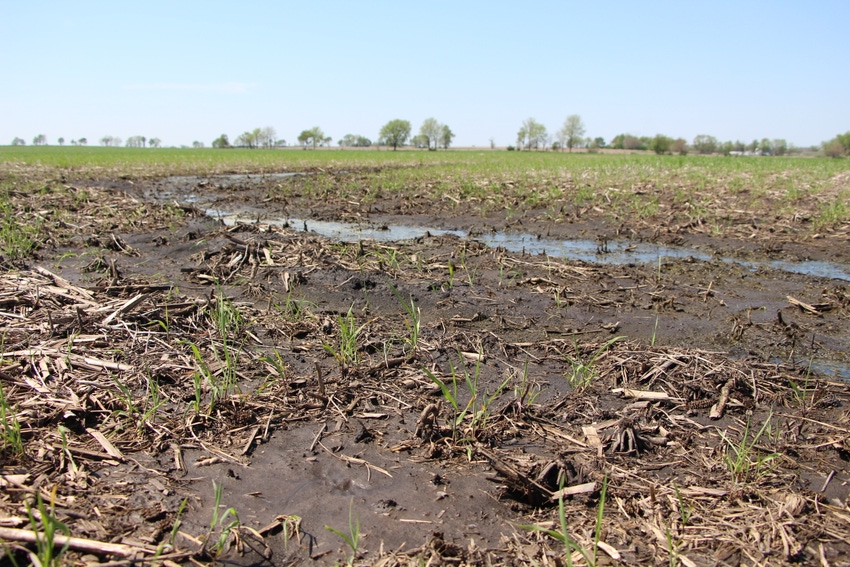May 17, 2018

Many Iowa farmers are trying to make up for lost time by running the planter every day they can possibly get into the field. In the rush to get crops in the ground, don’t pass up opportunities to make herbicide applications. That reminder comes from Andy Asbury, an Enlist herbicide field specialist for Corteva Agriscience, the agriculture division of DowDuPont.
This spring many areas of Iowa had little to no window for timely burndown applications to be made ahead of planting. When it’s getting late and you need to get crops planted, can you skip your burndown? Or skip your preplant herbicide application? Or skip both, and plan on coming back with a herbicide application later?
There’s a risk to planting first and applying herbicide later, Asbury says. “If you ignore good spraying opportunities, weeds can gain a foothold. It’s difficult to control them completely if they get a head start. When the weather offers good spraying conditions, we need to stop the planter and apply a preemergence herbicide.”
Get most out of application
Respect the weather, Asbury says. Don’t apply herbicides unless conditions are favorable. You don’t want to risk off-target movement. Avoid spraying on windy days and take advantage of better conditions.
Asbury offers tips on getting the most out of your herbicide applications:
• Use full rates. Using half rates just gives weeds more opportunity to survive. You can’t sell weeds. You need to control weeds to give crops a chance to deliver more of their yield potential.
• Clean sprayers properly. Even if you’re in a hurry to get going, make sure to clean sprayers thoroughly according to the labels of the products used.
• Increase modes of action. Some farmers may only have one shot at an early-season herbicide application. It’s important to use multiple modes of action for this application. Tank-mix approved herbicide partners that offer different modes of action. Use herbicides with residual activity.
Scout your fields and come back with effective postemergence applications that control even your toughest weeds. Again, work to ensure you’re bringing multiple modes of action to bear against these weeds.
For example, Enlist Duo herbicide offers two modes of action: new 2,4-D choline and glyphosate. Enlist One herbicide, a straight-goods 2,4-D choline, provides additional flexibility with a wide choice of qualified nozzles and tank-mix partners. Both have Colex-D technology, providing near-zero volatility and reduced drift.
•Follow the label. Check the herbicide label to ensure appropriate wind conditions, boom height, spray pressure and sprayer speed, as well as other requirements. Be aware of your surroundings and don’t make applications when potential for off-target movement exists. “We have to be good stewards of any herbicide technology we use,” Asbury says. “My advice: Look twice before you spray.”
You can follow farmers this summer as they report on their Enlist crops at Experiencing Enlist. Also, check the YouTube channel or follow on Twitter at @EnlistOnline. More information can also be found at corteva.com.
Source: Corteva Agriscience
You May Also Like




